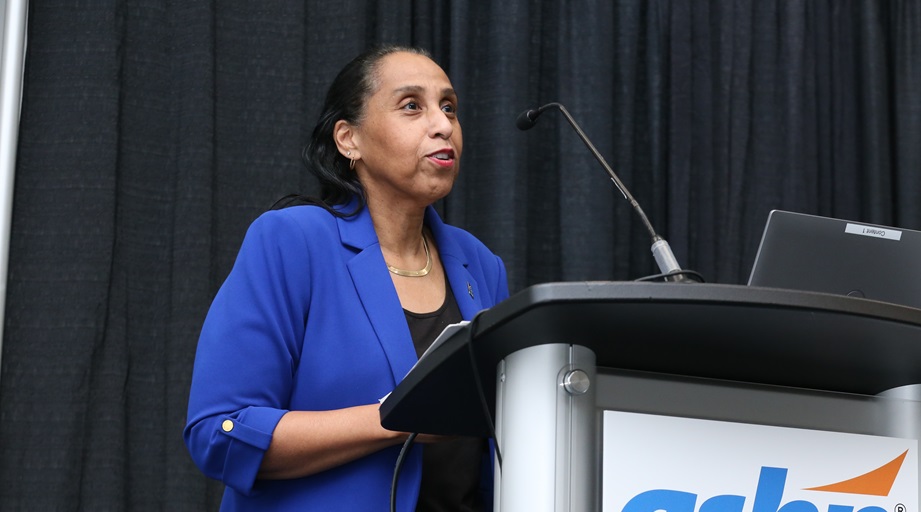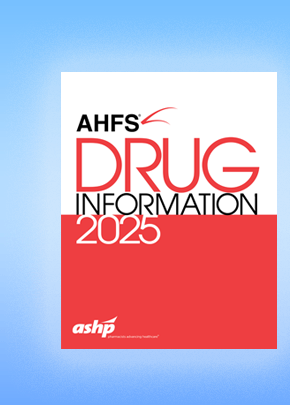
Two years ago, the ASHP Section of Pharmacy Educators (SPE) launched the Crystal Ball Project, asking members to predict key trends that could shape the workforce pipeline over the next five years.
Those results, which highlighted concerns over enrollment and workforce conditions, should guide the profession as it looks to secure the future of pharmacy, three section members said during a Dec. 6 session of the 2023 Midyear Clinical Meeting & Exhibition in Anaheim, California.
One of the key recommendations coming out of the project is that schools and colleges of pharmacy and health systems collaborate on plans to increase student enrollment and provide attractive job opportunities, said presenter Marie Chisholm-Burns, executive vice president and provost at Oregon Health and Science University (OHSU).
“We’re really at a fork in the road in our profession on so many fronts,” said Chisholm-Burns. “It’s going to take all of us working together and putting our resources together.”
To address a nursing shortage, for example, her institution started a new scholarship program for nursing students. “We started this in January [2023], and we have over a hundred nursing students who are going to graduate within a year and a half,” said Chisholm-Burns, “and they’re going to become OHSU employees.”
She said health systems and colleges could work together on recruiting in high schools and designing career pathways. “We’re all suffering in silence in our silos,” she said. “So it’s time to walk across the street … and team up.”
The presenters tackled some of the tough feedback from the Crystal Ball survey, which included these predictions about the next five years:
- Fifty-five percent of respondents said it was very likely or likely that student enrollment in pharmacy schools and colleges would decrease by at least 25%.
- Forty-four percent said they believe it very likely or likely that the number of pharmacy programs would decrease by at least 10% over that five-year period.
- Nearly 50% said it’s unlikely 90% of pharmacy school graduates would have employment offers upon graduation.
The survey also focused on how faculty and staff adjusted to new technology demands during and after the COVID-19 pandemic.
Cher Enderby, the manager of staff development and education at the Mayo Clinic in Florida, pointed out that more than 80% of the survey respondents believe it is likely or very likely that most colleges and schools of pharmacy would incorporate virtual learning in the next five years. That’s in line with higher education trends that show students have come to expect the flexibility offered by virtual learning.
To help increase enrollment, Enderby said, the Crystal Ball project recommends to “formalize the use of technology as a fundamental component of didactic and experiential instruction for student pharmacists.”
Tim Brown, the director of interprofessional education at the University of Georgia College of Pharmacy, discussed the impacts of these technological changes on college of pharmacy faculty. He described the pros (a flexible work schedule) and cons (an uncomfortable shift in traditional teaching methods) of the emerging higher education model.
In the Crystal Ball project, nearly half of respondents predicted a large exodus of pharmacy school faculty, saying it was likely or very likely that 20% of faculty members would either retire or exit academia in the next five years.
Such an exodus would be a blow, especially if it meant the departure of seasoned role models, Brown aid. But colleges also have an opportunity to redefine positions to attract the next generation of faculty.
“We need to highlight that in academia we are more flexible than ever,” said Brown. “Discuss work-life balance, how that looks with the [workload] you have clinically versus teaching. Those are all things that new practitioners are looking to hear about.”








